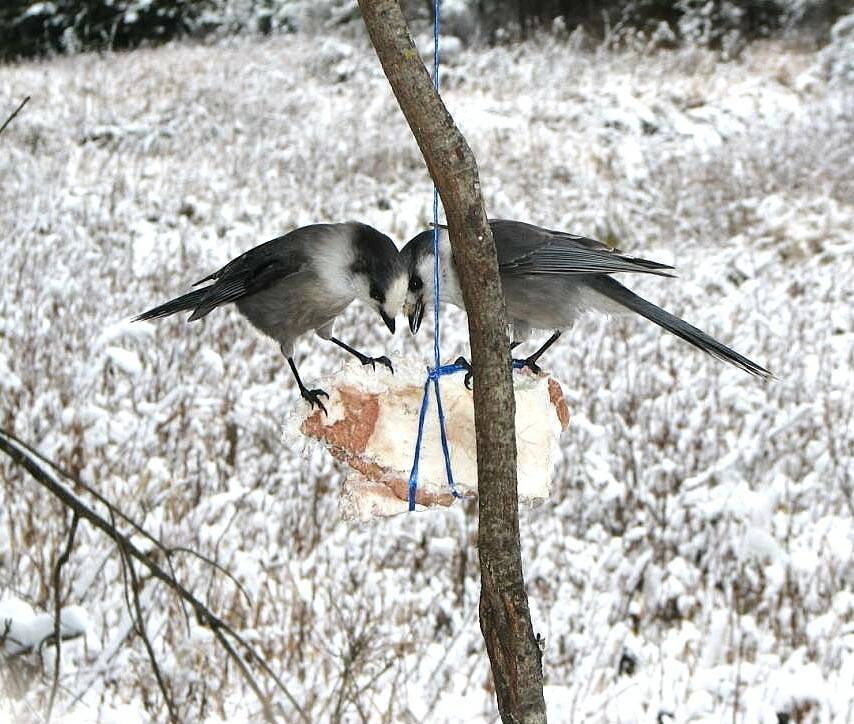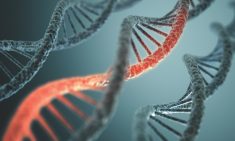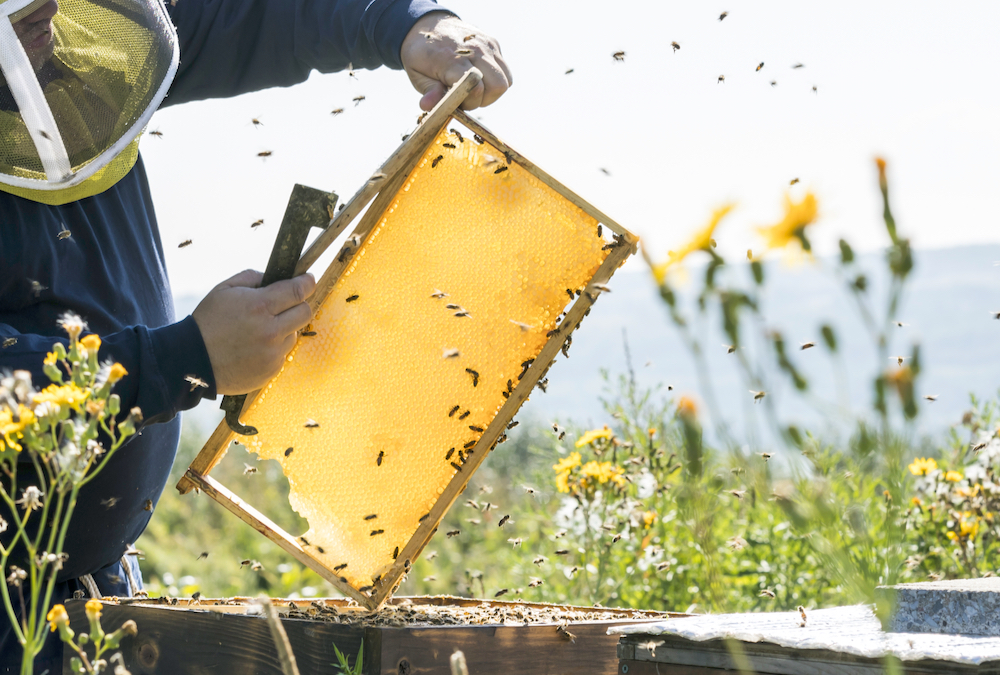[UPDATED: Dec. 21, 2020] The newest numbers are in on Canadian honey fraud, although beekeepers say they don’t fully capture the reality of the sector.
The most recent bout of official testing did see less honey fraud compared to similar surveillance the year before, according to the Canadian Food Inspection Agency (CFIA). In a report released in early December, the CFIA’s honey authenticity program found that 17 of 127 samples tagged for targeted testing showed evidence of adulteration, while only three of the 148 additional samples collected from retail shelves showed similar tampering.
Read Also

Hunting with whiskey jacks
Canada jays, or whiskey jacks, are bold little deer hunting pals that don’t mind getting close, if it means a piece of the offal or deer fat left over from a successful forest hunt in Manitoba.
Those targeted samples were also at higher risk of being adulterated, the CFIA has said. The agency singled out samples it felt had more chance of fraud, based on “risk factors such as a history of non-compliance, gaps in preventive controls, or unusual trading patterns.”
In total, 86.6 per cent of targeted test samples and 98 per cent of retail samples passed muster under the CFIA’s tests in 2019-20, compared to 78.3 per cent of targeted samples the period before.
Why it matters: The CFIA began its honey monitoring program in 2018, following increased awareness and publication of honey fraud issues.
But while those numbers may seem relatively rosy, Canadian beekeepers say the greater problem doesn’t lie on this side of the Canada-U.S. border.
“It’s an ongoing conversation all the time but, with the market conditions, it’s not so much in Canada where we see fraudulent honey; it’s honey that’s entering the United States,” Manitoba Beekeepers Association president Mark Friesen said.
Canada is a net exporter of honey, with just over $8.4 million-worth more flowing out of the country than coming in.
Honey fraud, meanwhile, is largely an imported problem, the sector says, often pointing the finger at countries such as China. Of the adulterated samples found by the CFIA in its most recent report, 16 out of 17 targeted samples were imported, while all three found on market shelves came from abroad.
Fraud statistics for U.S. honey are hard to pin down. Anecdotal tests by media outlets suggest the issue is widespread, while a test of 30 top U.S. products commissioned by the Honey Integrity Task Force in 2019 found no adulteration. In July this year, a report from the BBC’s U.S. bureau cited Missouri-based Sweetwater Science Labs, which estimated that 35 to 40 per cent of the samples brought in by consumers in the previous year and a half in some way failed to meet standards.
Canadian effects
Honey fraud in the U.S. however, has direct market spillover for Canadian beekeepers, the sector says. Taking just under 7,900 of the 11,800 tonnes of honey exported from Canada in 2019, or about 62 per cent, the U.S. is the biggest destination for Canadian honey.
“Intrinsically, we’re tied to the American market,” Friesen said, although he also noted the growth of Canadian honey exports to places like India and Japan.
It’s an argument echoed by Peter Awram of Authentic Food Solutions, who’s attempting to build a database of real and fake honey that can be used to curb future fraud.
Awram noted the drop in the most recent CFIA numbers, although he added that results from one single year do not necessarily equate to a trend.
At the same time, he argued, the CFIA’s surveillance takes in only a sliver of honey consumption in Canada.
Its most recent efforts took about 83,500 kilograms of fraudulent honey out of the marketplace between April 1, 2019 and March 30, 2020, the CFIA says. While that is a jump from the year before — when the same program intercepted 12,800 kilograms of adulterated honey — Awram argued those volumes are a drop in the bucket compared to the amount of honey on the shelves.
Statistics Canada estimates there was 0.87 kilogram of honey available per person in Canada in 2019.
“I would say they’re not doing nearly enough testing to determine what’s going on and they’re not doing enough at the ports,” Awram said.
His own investigations have found some imported brands where quality is hit and miss, he noted, with some samples coming back as adequate while others miss the bar.
“To protect the Canadian beekeepers, all the imports need to be monitored considerably more than they are right now, where we’re looking at thousands of samples done every year,” he said. “Ideally, I would like to see every container load that comes into Canada to go through a proper set of testing so that we can actually see what is being brought in.”
Better tests
Recent crackdowns, both on honey fraud and food fraud in general, however, have given the sector reason to hope.
Recent CFIA tests covered both stable isotope ratio analysis (SIRA) and nuclear magnetic resonance (NMR) — the same methodology that Awram describes as “testing 2.0.”
While SIRA is among the internationally recognized tests for honey, both Awram and the CFIA have noted that the test detects a more limited set of sugars, and fraudsters can bypass a SIRA test by switching to something like rice syrup.
That, Awram said, is where the non-targeted NMR test comes in.
“When you do a test, you look at all the compounds that are in that honey at once, so you’re seeing everything and it produces a spectra that is unique… and it can be considered a fingerprint,” he said. “If you have a database that you know what you have, you can compare your test sample against that database and you can see, does it look the same or not?”
The result, he said, can even go so far as to tease out the geographic region or type of flower a honey sample came from.
The CFIA, meanwhile, argues that the two testing methods complement each other, with SIRA able to detect lower levels of C4 sugars like corn syrup or cane sugar, while MNR catches C3 sugars like rice syrup that would otherwise fall through the cracks.
During the first year of the CFIA’s honey authenticity monitoring in 2018-19, there were eight samples that fell shy of SIRA standards, but were not detected by the NMR, and another 34 that passed the SIRA test, but fell short when tested through NMR.
Just the existence of more rigorous tests has had a cooling effect on honey fraud cases, Friesen argued, creating more chance to actually catch fraudsters.
“The trend is going the right way and the prices of honey have, for the producer, improved in the last six to 10 months,” he said, noting that his own honey this year sold for almost double what he would have expected only a few short years ago.
“That’s a vast market improvement and that’s directly related to cracking down on foreign honey, which was not only robbing the customer of a quality product, but also robbing the producer of competitive advantage,” he said.
At the same time, he said, raising the alarm on honey fraud also risks becoming a double-edged sword, since too many fraud calls may cause the consumer to lose market confidence in the product.
“It’s not that we don’t want to test for it and identify it, but we want to see good solid labels then,” he said.
*Update: The B.C. beekeeper spearheading the effort to create a database of fake and real honey was incorrectly named as Peter Schram. The source’s correct name is Peter Awram of Authentic Food Solutions.
















